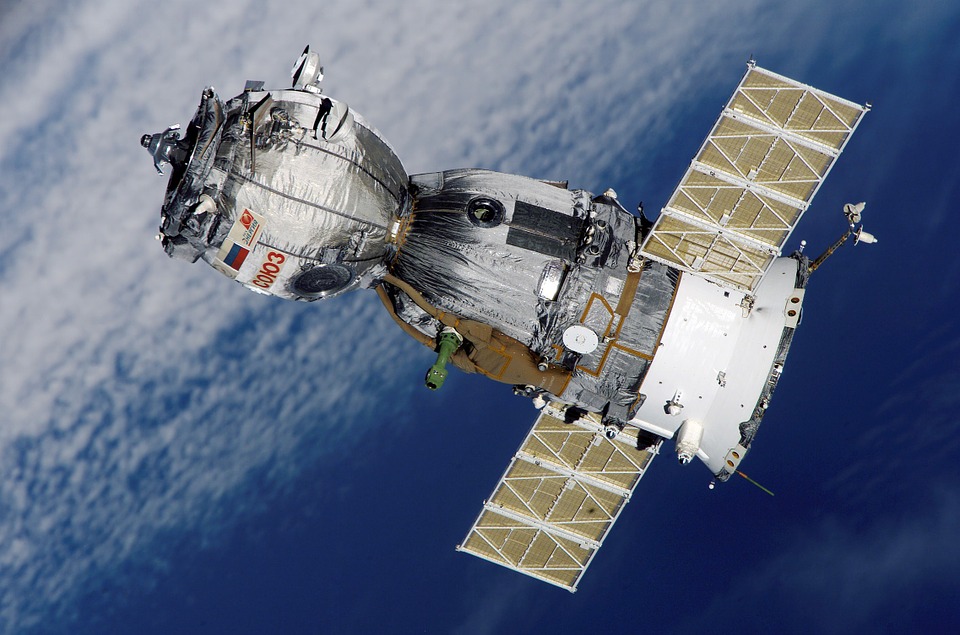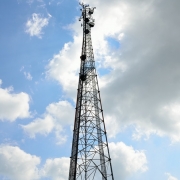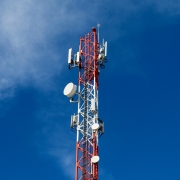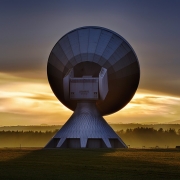What is satellite communication
Satellite communication is defined as a means of radio wave transmission or forwarding by satellite as a relay station, which can realize the communication between two or more ground stations/handheld terminals, spacecraft and ground stations. Compared with traditional ground communication, satellite communication can achieve a wide range of seamless coverage at a lower cost, and the geographical environment does not constrain it. Besides, spectrum resources available are abundant. Carrier Frequency band can be from Very High Frequency (VHF) to the Ka Frequency band, and it is developing to the higher Frequency band. Also, satellite communication has been widely used in low-service areas such as islands and deserts, as well as areas difficult to be covered by ground networks such as ships and aircraft. Its mobile communication service has the advantages of a large span, long-distance, strong mobility and flexible communication mode, which is the necessary supplement and extension of cellular mobile communication.

1.Composition of the satellite communication system
Satellite communication refers to the use of satellite as a relay to forward radio waves used for communication between mobile users or between mobile users and fixed users, to achieve mobile communication between two or more points. It includes space segment, ground segment, and user segment. The space segment could be a geostationary orbit satellite or a medium – or low-orbit satellite and serve as a communications relay station, providing a connection between network users and the gateway station. The ground segment typically includes a gateway, network control center, and satellite control center to connect mobile users to the core network and control the normal operation of the entire communication network. The user segment consists of various user terminals, including handheld, vehicle-mounted, shipborne and airborne terminals.
2. Features of satellite communication
1) communication covers a large area and a long distance. Geostationary orbit (GEO) satellites need only one satellite to relay and forward, to achieve more than 10,000 kilometers of long-distance communication, with three GEO satellites can cover the global surface except for the polar regions above 76°.
2) flexibility. Satellite communication is not restricted by geographical conditions. It can be communicated anywhere, no matter in big cities or remote mountainous areas or islands.
3) wide communication band and large capacity. The satellite communication channel is in the microwave frequency range, the frequency resources are quite rich, and can be developed continuously.
4) good channel quality and stable transmission performance. Satellite communication links are usually line-of-sight communication in free space, transmission losses are stable and accurate, and multipath effects are generally negligible.
5) strong disaster tolerance: when natural disasters such as earthquakes and typhoons occur, it can still provide stable communications.
6) the cost of communication equipment does not increase with the increase of communication distance, so it is particularly suitable for long-distance communication and areas with few human activities.
3. There are also some shortcomings in satellite communications and some aspects that should and can be improved step by step, mainly as follows:
1) high cost of satellite launch and on-board communication payload. On board, components must adopt astronaut-grade devices that resist strong radiation, and the life span of LEO and GEO satellites is only about 8 years and 15 years respectively.
2) satellite link transmission attenuation is very large. This requires a high power transmitter, high sensitivity receiver and high gain antenna for ground and satellite communication equipment.
3) large transmission delay of the satellite link. The round-trip transmission time between GEO satellite and ground is 239~278 ms. In the star network system based on the central station, a voice communication between small stations must go through a double-hop link, so the transmission delay reaches 0.5 s, and the dialogue process will be not smooth.
From:http://www.hj-antenna.com/what-is-satellite-communication/









Leave a Reply
Want to join the discussion?Feel free to contribute!